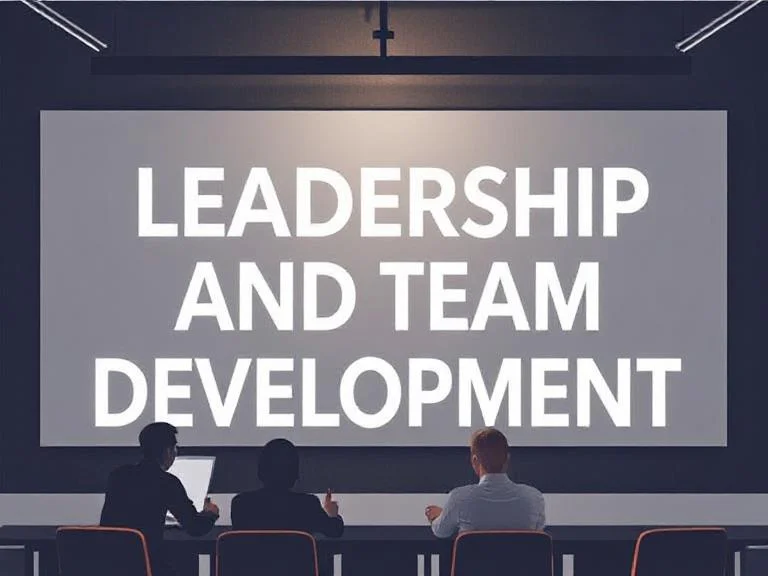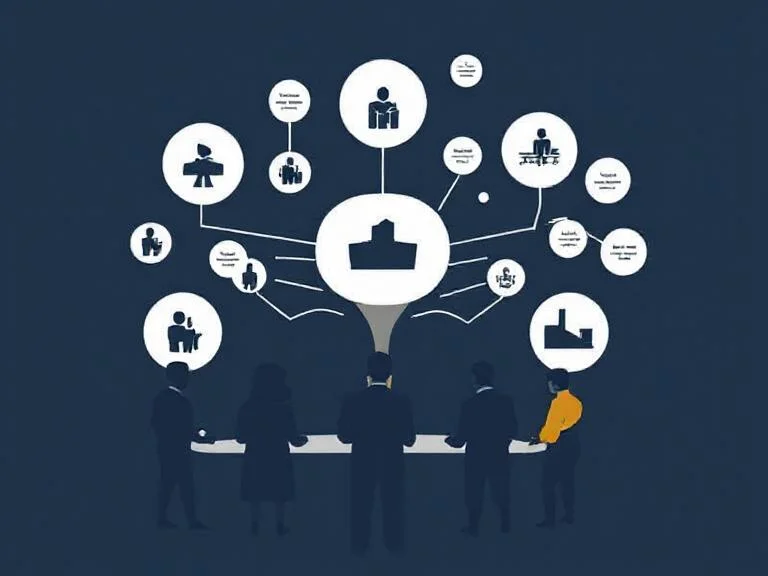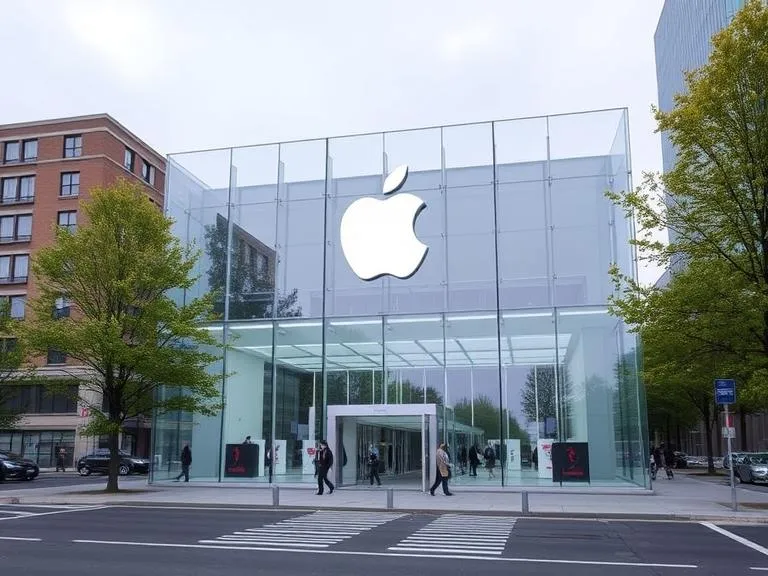How to Recruit and Select the Best Candidate

Recruiting and selecting the best candidate is one of the vital processes for the company’s success. Organizational growth aims to raise the performance and the higher strategic goals that increase the organizational interactions. The recruitment cycle is a structured approach that helps businesses evaluate, hire, and attract clear skills toward the entire level of competencies. This process does not only ensure the best ways to interpret the change and determine the broad plans toward the cleared resources. This process not only ensures better ways to maintain success but leads the clear approaches to utilizing the changes. Implementing the established models of recruitment, the companies can increase the organizational lifecycle and fail to execute the entire process.
This essay will represent the recruitment approach and the systematic approach to examining the hiring methods. The company’s success and performance depend on the hiring of skilled and talented people who are important for the organizational fields. These activities need to be specified to integrate the best values and maintain the entire decisions in the strategic change. Recruitment and selection are the important functions of human resource management that increase organizational interaction and examine the best responses.
The Recruitment Lifecycle Stges by the Model:
According to the “Boxall and Purcell 2003 Model”, there are different stages of recruitment that help to maintain the onboarding directions and build the cleared decisions to increase the organizational planning, Various stages are defined to analyze the cleared plans and lead the collaborative resources in the future. Sourcing the candidates and screening with the shortlisting process are the important stages of the recruitment process that help to meet the changes and the certain expectations of the business. The hiring of talented and capable people and the overall skills of the business become raised to integrate the detailed resources of the business. Each Stage of the recruitment process plays an important part that increasing the language concerns and meeting the higher expectations toward the change. This stage helps to meet certain needs evaluate the better positions and maintain the greater directions regarding the cleared directions.
Job Analysis:
It is the stage that initially involves the examination process in the role of the hob. All the roles, responsibilities, and skills or qualifications are clearly defined by hiring the people. It is important for the creation of the descriptions of the job and to define certain expectations. The soft skills and the technical abilities required for the software engineer position like proficiency in the coding language and the development of the ability to collaborate in the working teams.
Sourcing Candidate:
Once the job analysis is complete, the next step is to attract potential candidates through multiple channels. The boards of jobs, social media channels, and the development of professional networks are some key sources that are used to meet the expectations of the employees and aware them of the new hiring within the boundary of the business.
Screening:
It is the stage of shortlisting the candidate by the methods of screening. This stage involves reviewing the application to analyze and identify the candidate who meets the criteria of the job. The methods of screening include the resume reviews, initial interviews, and the tests of the assessments.
For example, the recruitment team of Google LLC might use the platforms of LinkedIn to reach a large number of trained and qualified workforce. This phase helps to meet the entire criteria and develop the strong activities to find the skilled people. The employee’s growth and the detailed activities must ensure a greater number of ways that allow communication the interaction and maintain the largest possibilities regarding the better eras of success.
Selection:
In the process of the selection phase, the candidates that are already shortlisted directly undergo the in-depth evaluations in which their technical reviews, the assessment of the behaviors, and the reference checks toward strong and reliable business directions. The selection process of Google company might involve different rounds of interviews with the various members of the teams to assess their technical and cultural skills. The shortlisted candidates help to meet the interactions and relate toward better changes by doing the valuable positions.
Onboarding:
The last stage is onboarding where the new hire can be integrated into the organization, this process helps to lead the orientation, training, and acclimating to the culture of the company. The onboarding process of Google may include compressive plans and the introduction of an innovative work environment regarding the dynamics of the teams. The evaluation of the business practices and determining the change, the current operations need to be established. The dynamics of teams and the comprehensive changes are valuable plans to integrate the right process of selection. So, the process of recruitment and selection helps to boost employer branding, reduce the turnover rate, and raise the overall retention of employees within the organization. The companies should develop an effective process of recruitment and section that helps to examine the change and allows to meet the entire criteria of the business roles. The enhancement of the culture of the company and maintaining the detailed culture of the company are key sources that must be recognized in the future. The company can raise the level of productivity, increase the candidate’s expertness, and generate higher morale to manage the operations and generate the pools’ applications.
The recruited or skilled employees help to coordinate the integrated plans that meet the interactive positions. The recruitment of skilled employees and managing the screening of candidates the cleared and valuable decisions are added. Complying with the regulations and an unbiased hiring process are also the key benefits gained by the organizations from the effective process of recruitment and the selection that increases the organizational direction and maintains the greater plans. It is one of the cost-effective and the time reduction effort plan that helps to avoid any type of biasing while recruiting the entire candidate.
Importance of a Systemic Approach:
There is a systematic approach to recruitment and selection that is important for both employees and employers. This approach helps to increase the organizational practices and the development of valuable learning regarding the change, this study helps to lead the interactive plans and organize the best activities as doing the referral eras of the success. There is a structured process by the systemic approach that helps to meet the entire criteria of the learning.
From the Perspective of Employer:
There is a detailed structured process that ensures that the candidate is directly evaluated to consistent the criteria of the job, leading the higher quality hires that are better suited to the role. From the entire study of McKinsey and Company 2020, the companies with a properly structured hiring process are more likely to have higher-performing employees. The efficiency of the cost by systematic recruitment reduces the risk of hiring mistakes and can be costly in terms of dealing with the detailed eras of success.
The SHRM- Society Human Resource Management estimates that the overall cost of bad hires can range from 30 to 150% of the first-year salary of the employees. There is a systematic process of recruitment that helps to ensure compliance and the legal frameworks with the employment laws and regulations. The entire term reduces the risk of legal issues regarding discrimination as well as unfair practices in hiring.
From the Perspective of Employee:
There is a well-defined process of recruitment that provides the candidate with an effective and clear understanding of the evaluation toward the process of selection. The hiring process can be promoted by fairness as well as transparency that raises business concerns and leads the reliable attachments. Developing fairness and inapparency in the process of recruitment is an important term that helps to provide the better stages of the recruitment, reading the business studies, and examining the valuable changes to meet certain plans. The overall approach can enhance the cleared plans to integrate better changes.
The employer’s perspectives help to manage the valuable plans and lead the greater positions. When the organizational employees and the candidates at selected based on a certain evaluation then they are more likely to search for the role that directly matches their interest as well as skills in terms of leading a higher level of satisfaction with the job and the lower turnovers. Better first and the cost-associated techniques that increase the entire operations of the business terms.
Implication of Getting the Recruitment Wrong:
The process of failing the execution of recruitment effectively can have a vital role in the implications of the financial and non-financial changes. Both employers and the employees are integrated to reach the cleared plans and add sustainable changes regards the cleared plans.
Financial Implications:
Employers:
The overall cost of base hire includes the direct expenses related to the process of recruitment and creates the costs that are linked with the training, productivity, and potential legal changes. For example, in the year 2016, a study by Harvard Business Review revealed the cost of a single bad hire that could exceed 340,000 dollars when the operations account for the lost productivity and other expenses.
Employees:
There is a poor fit between the empires and the role that can lead to dissatisfaction with the job, increased overall stress, and ultimately losses of the job. The financial implications for the employees can raise the lost income and associated costs through the search for a job and transitioning into a new role. The employees of the company generate success that’s why they must be trained and skilled to understand the possible plans and the valuable integrated networks. To improve the organizational practices and manage the income plans, the current values need to be examined through the linked costs with the search for a job.
Non-Financial Implications:
Employers:
The negative impacts on the culture of the organization, the morale of the employees, and the dynamics of the team can result from the hiring of mismatches. For instance, there is a higher profile company like Uber that experiences the issues of the significance of the corporate culture and the morale of the employees to several the hiring of mistakes and failures of the leadership.
Employees:
The non-financial impacts of the wrong recruitment directly impact the level of satisfaction as well as the motivation of the employees that are directly linked with the business directions. The integration of a detailed network and maintaining the best changes, the cleared operations need to be valued as leading the changes. The non-financial impacts directly include diminished satisfaction with the job, the reduction of the progression opportunities of the career, and the entire operations need to be examined in the future.
The non-financial operations need to be examined to integrate the best roles and collaborate the broad changes toward the clear change that raises the organizational support. The skills and interests aligned with the cleared stresses that are directly associated with the business plans. So, the wrong recruitment impacts the number of challenges and stressful situations that align with the performance of the company.
Conclusion:
The approach of systemic toward recruitment and selection is one of the important parts of ensuring organizational hiring. The hiring of the right candidates and providing a fair or transparent process for the job seeker can be examined in the future. The execution of the failing process can be severe toward the financial losses can be strongly held. Investing in a well-defined recruitment cycle is one of the strategic necessities that generate benefits for both employers and employees.
The process of recruitment and selection helps to increase organizational learning and integrate the detailed networks toward the most collaborative responses. Hiring the skills and talented people helps to raise the performance of the business. The stages of recruitment and selection indicate the better changes to take the reliable approaches. The investment in the operations and generating the recruitment cycle paves the way for organizational success and employee satisfaction in beneficial ways.



















































